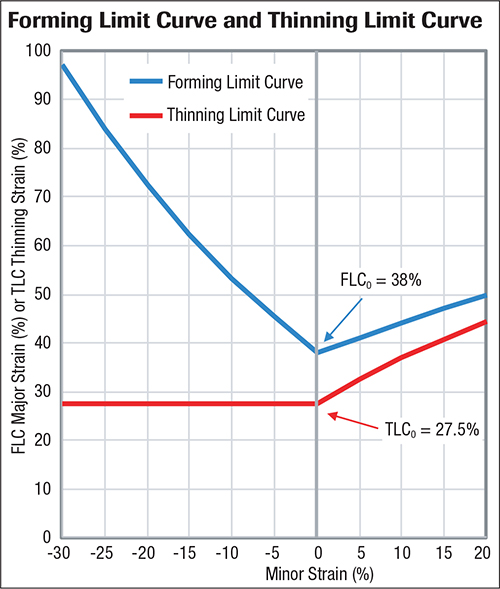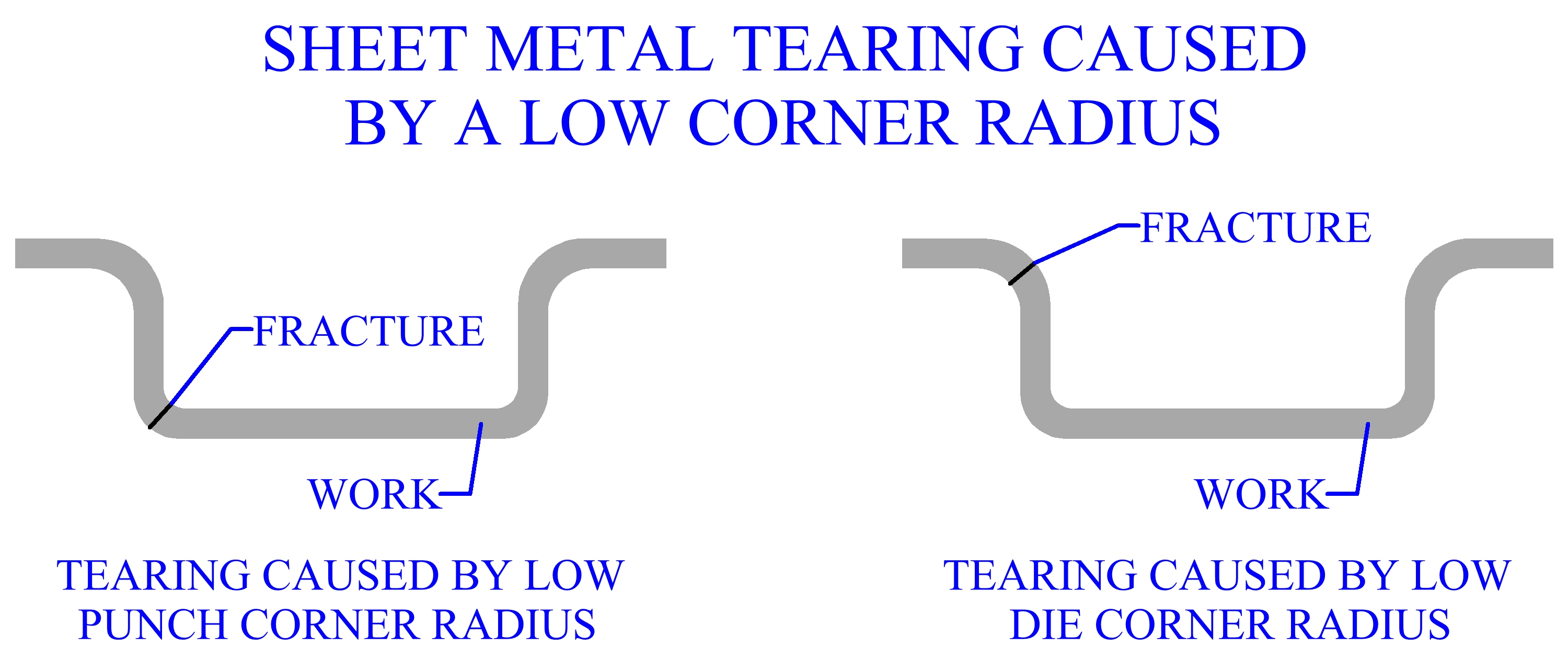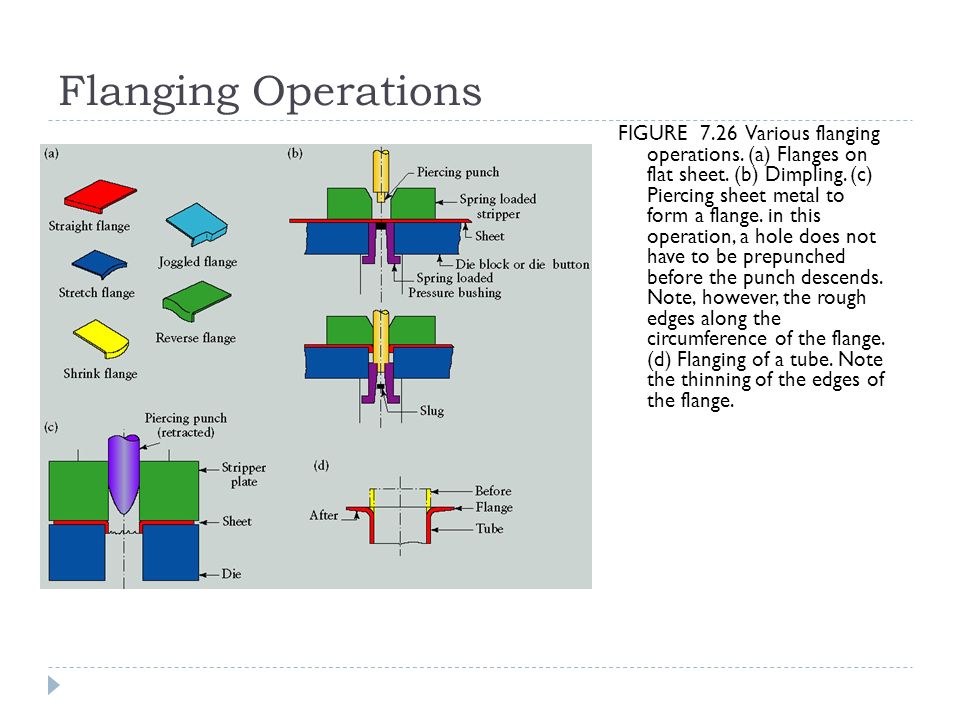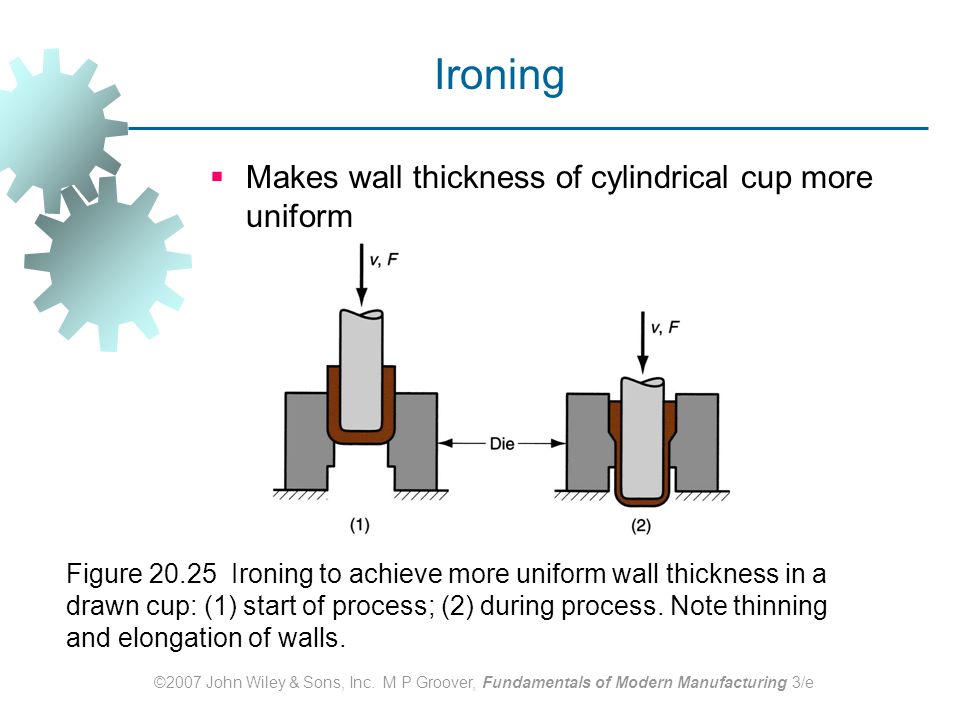Thinning Process Sheet Metal

N bh 0 2 mm.
Thinning process sheet metal. For sheet metal parts the thickness is the same everywhere. Depth 10 mm a. If you have accurate measurements you can have confidence in your results. Sheet metal forming process is a major point to st udy in order to ameliorate the final quality of the produced parts.
The starting thickness of your sheet metal call that s and the formed thickness of your part at the location of interest call that f. While the lower end of sheet metal thickness is 0 5 mm it can still be reduced further to form metal foil. Sheet metal fabrication is a cold processing process which is commonly used for punching bending drawing and forming. The percent thinning is calculated as t 100 s f s.
Pr 1 mm pr 3 mm. 16 kalpakjian design for sheetmetal working ch. Sheet metal is metal formed by an industrial process into thin flat pieces. When these parameters decrease the thinning moves to the bottom fig.
An excessive thickness reducing ratio of the deformation zone in single point incremental forming of the metal sheet process has an important influence on the forming limit. In this fr amework several bulge tests have been developed in order to. Sheet metal usually refers to a thin metal plate with a thickness of 6 mm or less. Cooper sheet metal forming ch.
Clinching or press joining is a bulk sheet metal forming process aimed at joining thin metal sheet without additional components using special tools to plastically form an interlock between two or more sheets. At this point you have two measurements. 9 boothroyd dewhurst and knight. Thickness of the formed sheet was measured at all the nodes along its length and the minimum was extracted for comparison.
Sheet metal forming 2 810 d. Thinning occurs at the top of the sheet metal. Thinning is the process of reducing sheet metal to get the desired size.












































